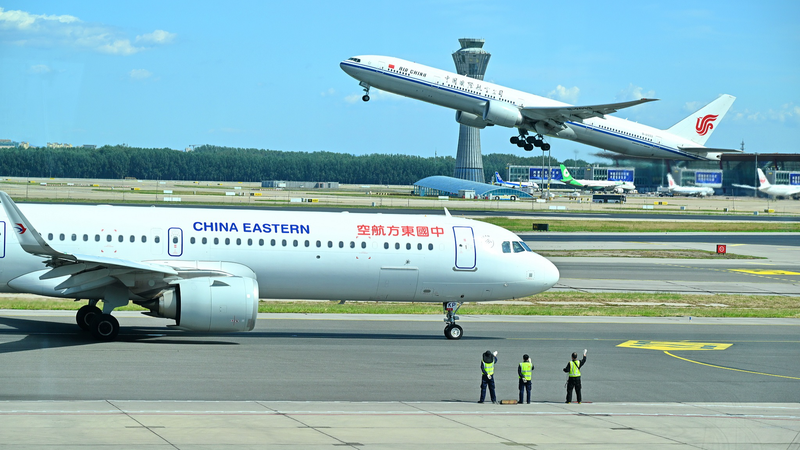When Car and Driver contributing editor Jamie Kitman calls US auto tariffs a disaster, it\u0019s a warning light for the entire industry. In a recent column, this veteran journalist argued that current levies have piled on costs for manufacturers and car buyers alike. "Scrapping them is the only solution," Kitman wrote.
Since they took effect in the late 2010s, tariffs on imported vehicles and auto parts have reshaped global supply chains. Automakers face higher material bills, and consumers in the US have felt the squeeze at the dealership. Meanwhile, partners like Canada, Mexico and the EU have slapped their own duties on American-made cars, creating new hurdles for exporters.
Kitman's call has far-reaching implications:
- Business Impact: Startups and manufacturers are recalibrating production as they hunt for tariff-free markets and lower-cost components.
- Tech & Innovation: Engineers in the US are racing to localize key parts, but high import costs slow breakthroughs in electrification and automation.
- Global Trade: Allies and rival economies watch closely. Reversing tariffs could pave the way for renewed trade pacts and smoother cross-border flows.
For young global citizens, the debate over tariffs isn\u0019t just economic theory\u0019it\u0019s about the cars they drive, the tech they ride with, and the jobs they seek. As Kitman urges policymakers to rethink current trade barriers, the conversation is open: Can the US balance protectionism with innovation and global partnership?
Join the discussion on Twitter with #AutoTariffs and share your view: Are levies a safeguard or a roadblock to the future of mobility?
Reference(s):
US veteran auto journalist: Reversing tariffs is the only way out
cgtn.com




